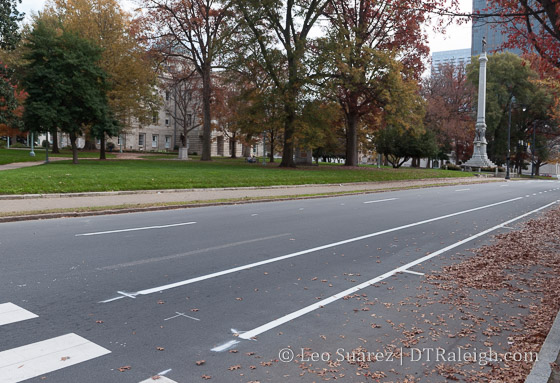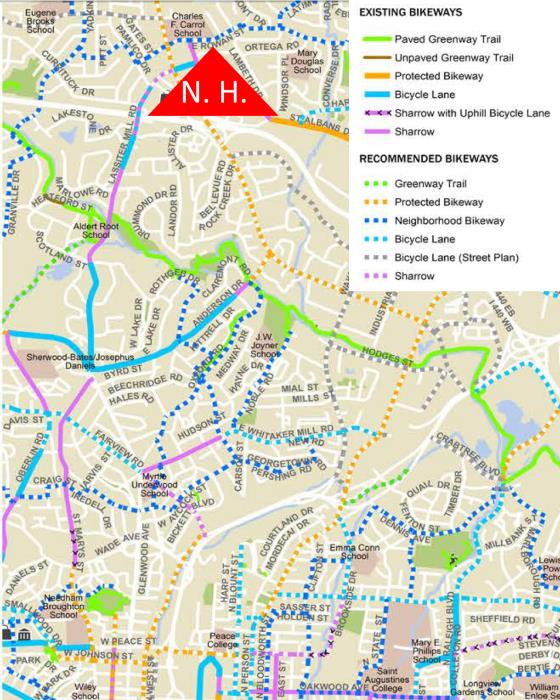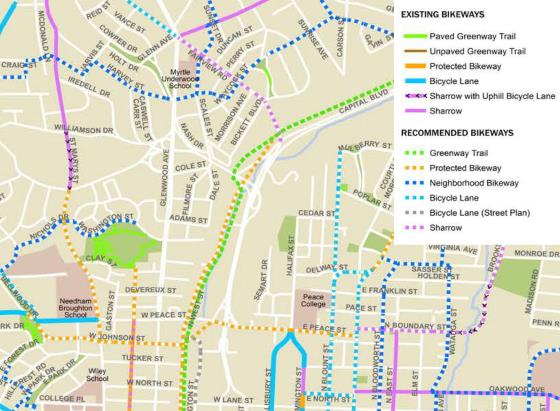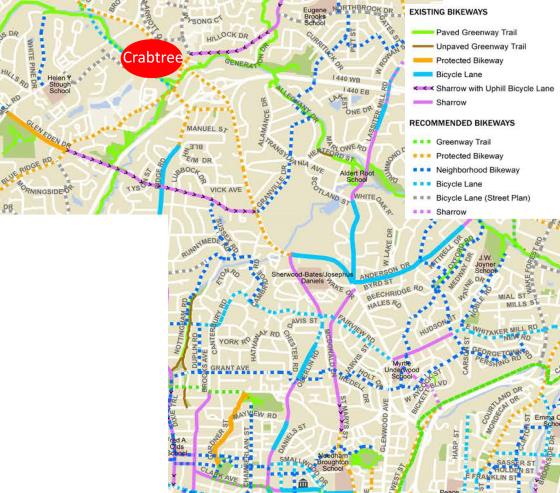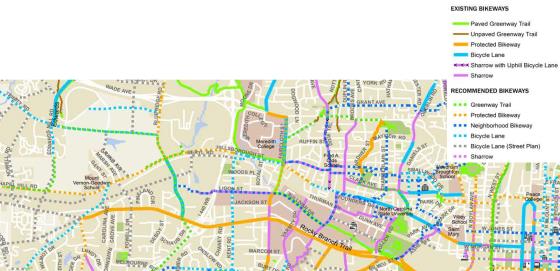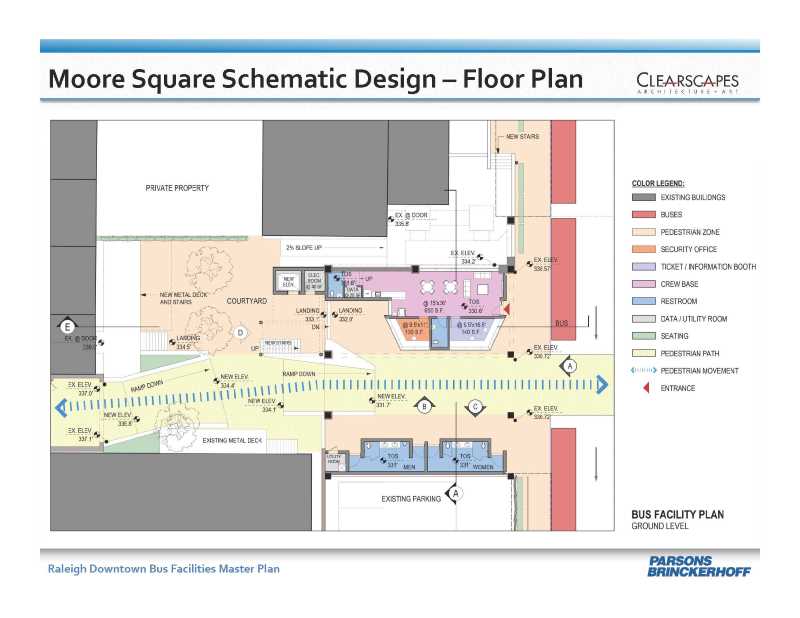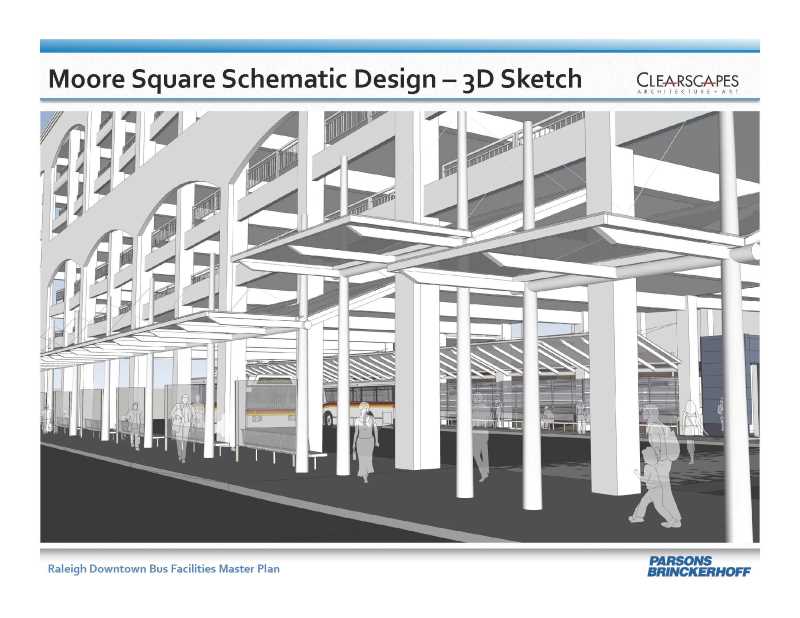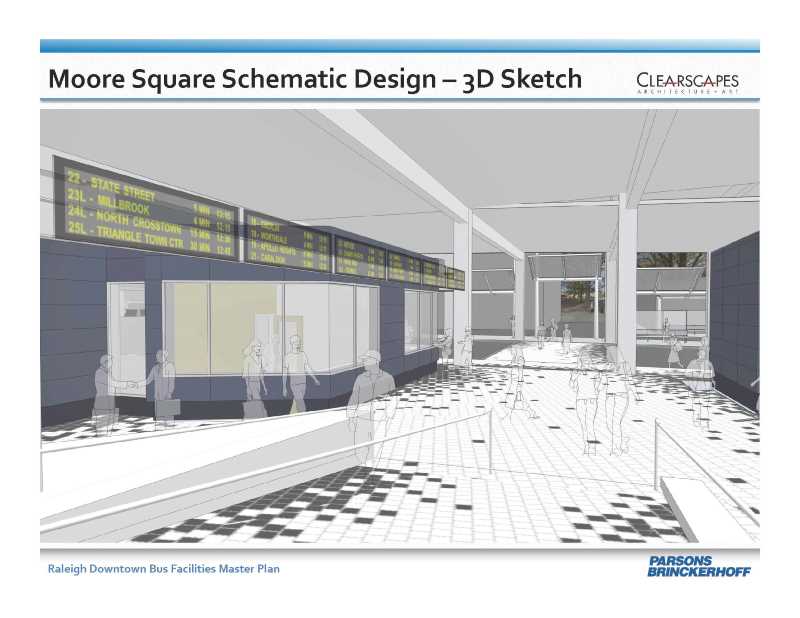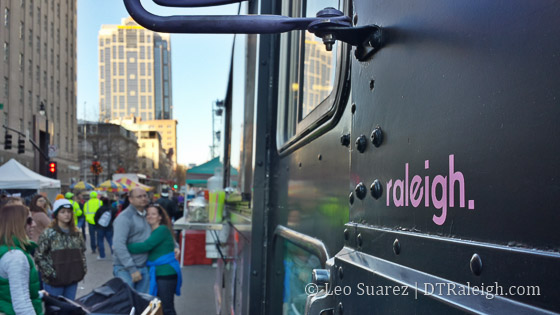
I have a lot to look back on this year. Personally, in 2015 I saw major changes in my workplace and my family grew from a pair to a trio. On the web, the blog has been covering a good balance of currently under construction projects as well as ones in the planning phases.
I’ve found that transit and developments are my go-to topics. I enjoy following the downtown eats scene as well. I want to try and share a little more history in 2016 and not just old photos. Trends are important to point out and with Raleigh changing so fast, important facts from history as recent as a decade ago could be relevant.
Let’s recap on a few things we talked about this year and how it’ll lead into the next.
Transit
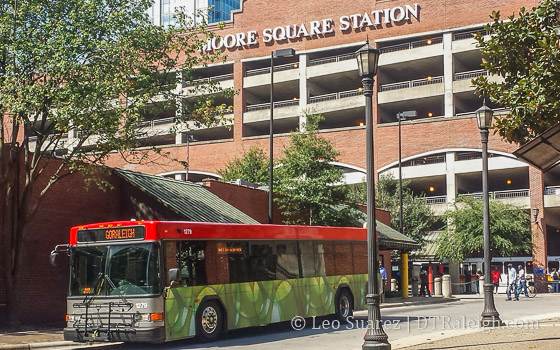
2016 could be the year that Wake County gets more serious about mass transit. With a new plan in place, created through an extensive public feedback process in 2015, we have our strongest proposal yet to ask residents of the county to tax themselves in order to pay for this new transit plan. It is expected that our county commissioners will propose a half-cent sales tax increase, dedicated to transit, to be added to the November 2016 ballot.
According to the plan, downtown Raleigh is a major hub of higher-frequency buses. New and improved routes would be set in place as well as an increase in destinations compared to our current network. The Moore Square Transit Station should be quite busy.
Speaking of Moore Square, the bus facility there should be getting a major face lift. Still in the planning stages, the upgrade of Raleigh’s busiest bus terminal will hopefully move forward in 2016.
Along with Moore Square, Raleigh Union Station should begin construction in 2016. Not only is the expansion of the train station needed for Amtrak but also for the proposed commuter rail line that may happen as part of the previously mentioned transit plan.
All of this will take place with more planning for bicycle facilities throughout the city. The 2009 Bicycle Plan is getting an update. (more on this soon)
Expect this blog to be very pro-transit in 2016.
Cranes are a-coming

2015 had a few developments in the works but there were also some new ones to follow that worked their way through the approval process. In 2016, we may see cranes in the air for these new buildings.
The Lincoln, Skyhouse Raleigh, Elan City Center, and The L were all completed in 2015. These buildings add several hundred new apartment units to the downtown supply. That’s not all though as we have plenty coming down the pipe.
- The Link Apartments should have residents moving in sometime in early 2016.
- The Edison Apartments are coming along and should be done in the first half of 2016.
- The townhomes at Blount Street Commons are mostly finished and should have residents moving in throughout 2016.
- The Gramercy is mostly built out and I see no reason it’s not up and running in 2016.
That’s several hundred more apartments being built and ready to be opened next year. In the planning phases are apartments as part of The Dillon, Greyhound Apartments, and the north tower of Charter Square.
Outside of residential developments, some taller structures containing offices or hotels may be breaking ground in 2016. Those to look out for is the main structure of The Dillon, a 17-story tower in the warehouse district. Charter Square North is planned to be a 22-story mixed-use building with offices and residential. Maybe it will break ground in 2016?
Other notable projects are The Edison Office tower and Narsi Hotel, a 12-story building for the corner of Lenoir and Wilmington Streets. In 2015, these projects worked their way through the planning process so we’ll continue to follow them into 2016.
As mentioned recently, construction on the Residence Inn hotel near the convention center has started.
Personally, I’ll be interested to see what comes out of the work being put into the 301 Hillsborough site and the N&O block. I expect to see lots of planning take place in 2016 for these sites.
One last mention, kind of long shot but perhaps something interesting could happen, is Project Phoenix, the North Carolina governor’s plans for bringing development to the state government complex. Nothing sounds concrete yet from what I’ve read but the idea of turning the expansive complex into a more mixed-use environment would be a fantastic benefit to downtown Raleigh, essentially growing the footprint of interactive space.
Reader Favorites
They may not be favorites but they at least got the most web traffic. Here are the top five posts of 2015.
- Rendering of The Dillon, Office and Residential in the Warehouse District
- 12-Story Hotel Planned for Wilmington Street Moves Forward
- Multiple Rezoning Requests on the Table
- Pic of the Week for February 3, 2015
- Hilton Garden Inn on Davie Street Rendering, Shows Glass and Curves
Readers shattered my single day page view record this year. It was on the topic of the sidewalk seating ordinance, an emotionally charged and even political topic of the year.
The elections of 2015 can only be described as DrunkTown. I hope to look back on this debate years from now and just laugh.
To close, I end with one bold prediction for 2016: The R-Line makes it’s last loop around downtown Raleigh.
Happy New Year! ;)

